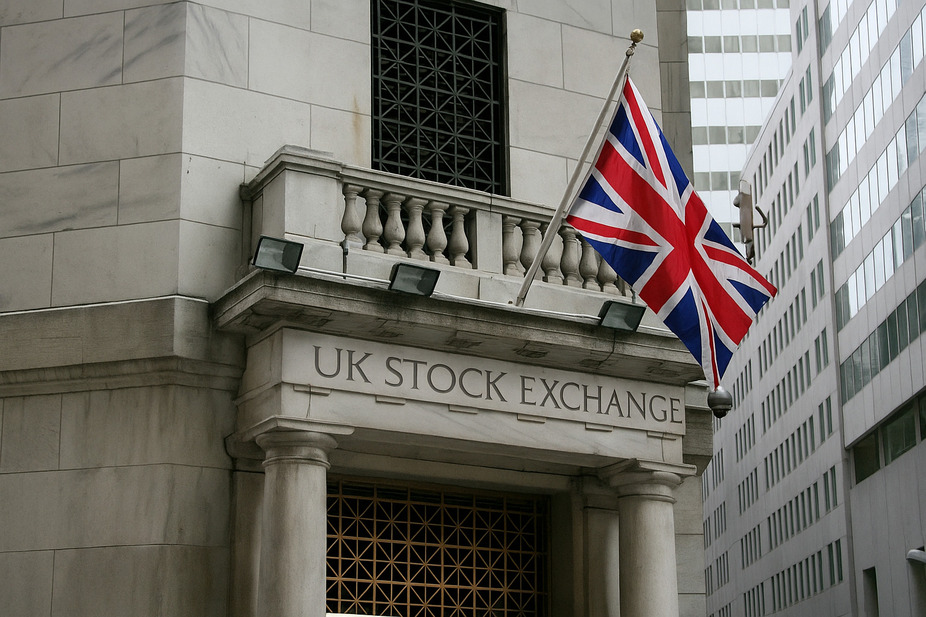Good news for crypto: Bank of England says stablecoin restrictions won’t last forever

Remember how everyone was buzzing about the Bank of England’s plan to put a cap on stablecoin use? Well, they’re now saying “Hold on a minute, it’s not forever!”
Industry folks had been pretty vocal, arguing that these proposed limits would totally stifle innovation and send a clear message that the UK isn’t exactly rolling out the red carpet for crypto.
But Sarah Breeden, who’s the Deputy Governor at the Bank of England, just clarified things. She explained that those restrictions on how many stablecoins people can hold and how big their transactions can be are just a temporary measure. Their main goal? To keep the financial system steady while all this new tech finds its footing.
The idea of these stablecoin limits first popped up in a discussion paper last November, all in the name of financial stability. But when plans started getting serious in September, industry groups really pushed back. They felt it would curb growth and kill off new ideas.
However, speaking at DC Fintech Week, Breeden reassured everyone. She emphasized that these limits are purely a stopgap. Ultimately, the bank actually wants stablecoins to play a role in a “multi-money system.”
She explained that these measures are designed to give the “real economy” time to get used to stablecoins, and to let the bank keep an eye on how quickly they’re being adopted. Basically, they want to make sure rapid changes don’t destabilize the financial system.
“So let me be clear,” she stated, “we fully expect to lift these limits once we see that this transition no longer poses a risk to how our economy is funded.”
Those much-criticized limits, which were floated between roughly £10,000 and £20,000, really did upset the industry. Many felt it would signal to the world that the UK wasn’t a “crypto-friendly” place and might push businesses elsewhere.
The Stablecoin Rules Aren’t Final Yet
Breeden also mentioned that the Bank of England is opening up a consultation before the end of the year. They’re looking for feedback on the specific limit amounts and how they’d actually put these rules into practice.
“We’ll be consulting in the coming weeks on the details for our proposed framework for sterling stablecoins used in important payment systems,” she said, adding that they’re “open to feedback as we finalize our rules.”
There’s even talk about potentially setting a higher limit for businesses or maybe even exempting big players like supermarkets. Plus, they might create a special exception for companies experimenting in the country’s “digital sandbox,” which launched last October as a testing ground for new digital ledger tech.
Why Is the Bank So Worried?
The BoE’s biggest concern, according to Breeden, is the idea of a sudden rush of money from traditional banks into stablecoins. If that happened too quickly, she fears it could lead to a “precipitous drop” in available credit for businesses and households, especially if the current financial system isn’t ready to handle such a massive shift.
She stressed that it’s crucial for the financial system to adjust gradually. This is particularly important in the UK, where credit relies more heavily on banks compared to, say, the US.
“Our starting point,” she explained, “is that putting limits on how much a user can hold in a given systemic stablecoin is the best way to prevent such a sharp reduction in credit for UK borrowers.”
Keeping the Central Bank in the Loop for Big Transactions
Breeden also believes that large-scale payments and settlements in asset markets should remain under the central bank’s umbrella. Her reasoning? To avoid “unnecessary interconnections” and potential stability risks within the financial system.
However, she also acknowledged that central bank money isn’t currently used for all settlements anyway, and probably won’t be in the future. She anticipates that tokenized deposits and regulated stablecoins will likely have a role in tokenized markets.
“We can’t do this alone, though,” Breeden concluded. “We need the industry – both existing players and new ones – to collaborate with us, to engage, to experiment, to develop use cases, and to deploy this technology.”












